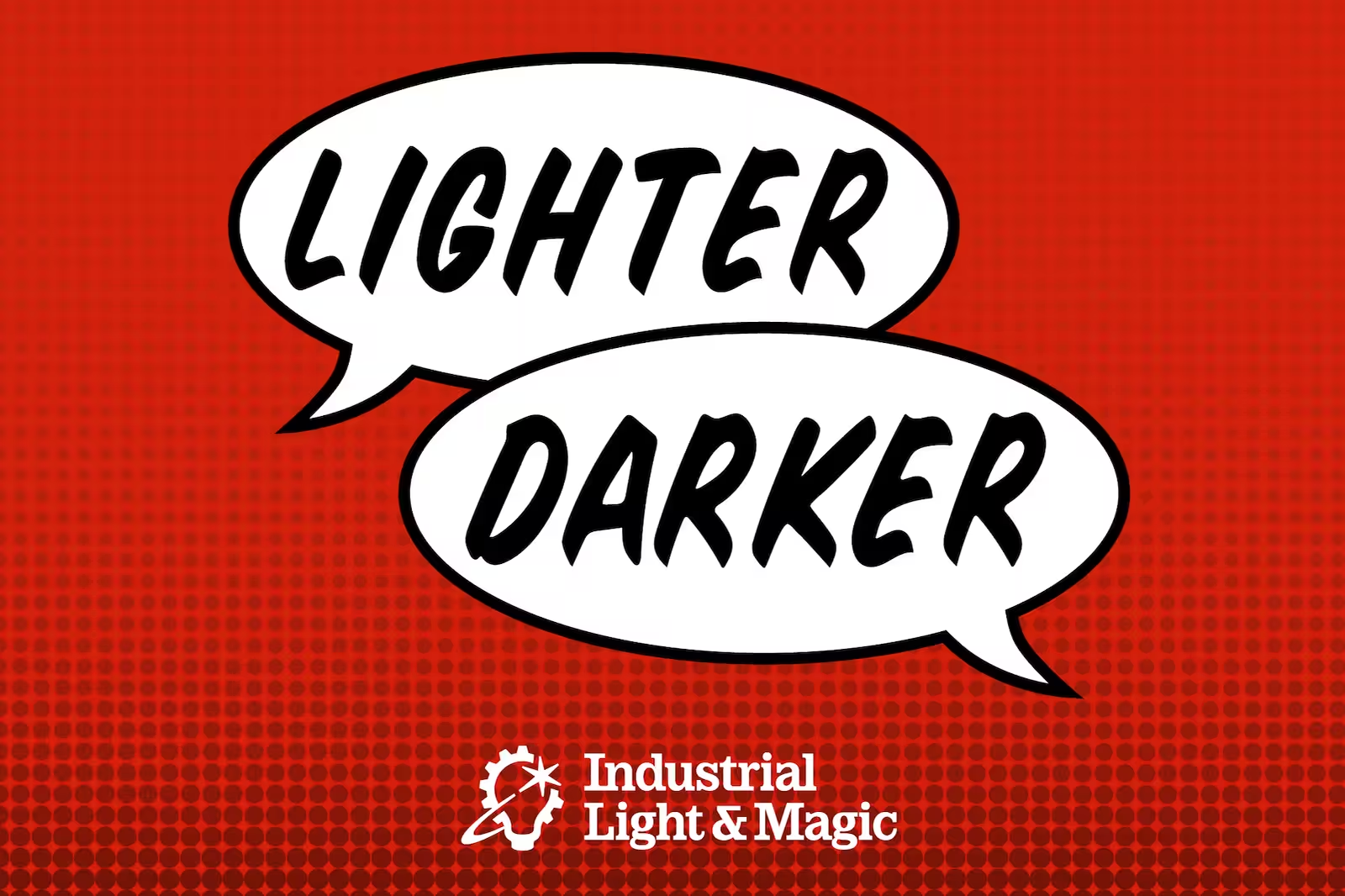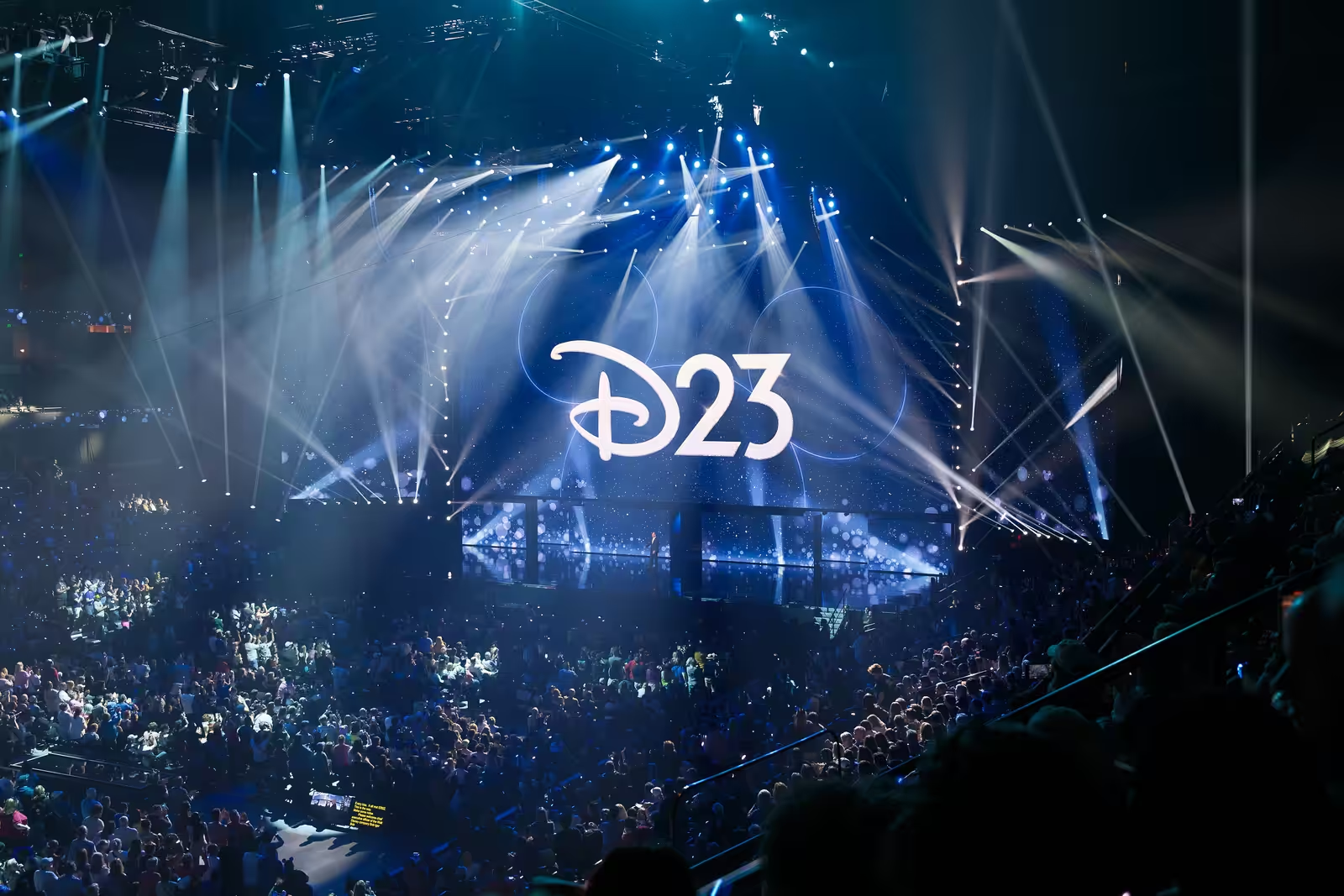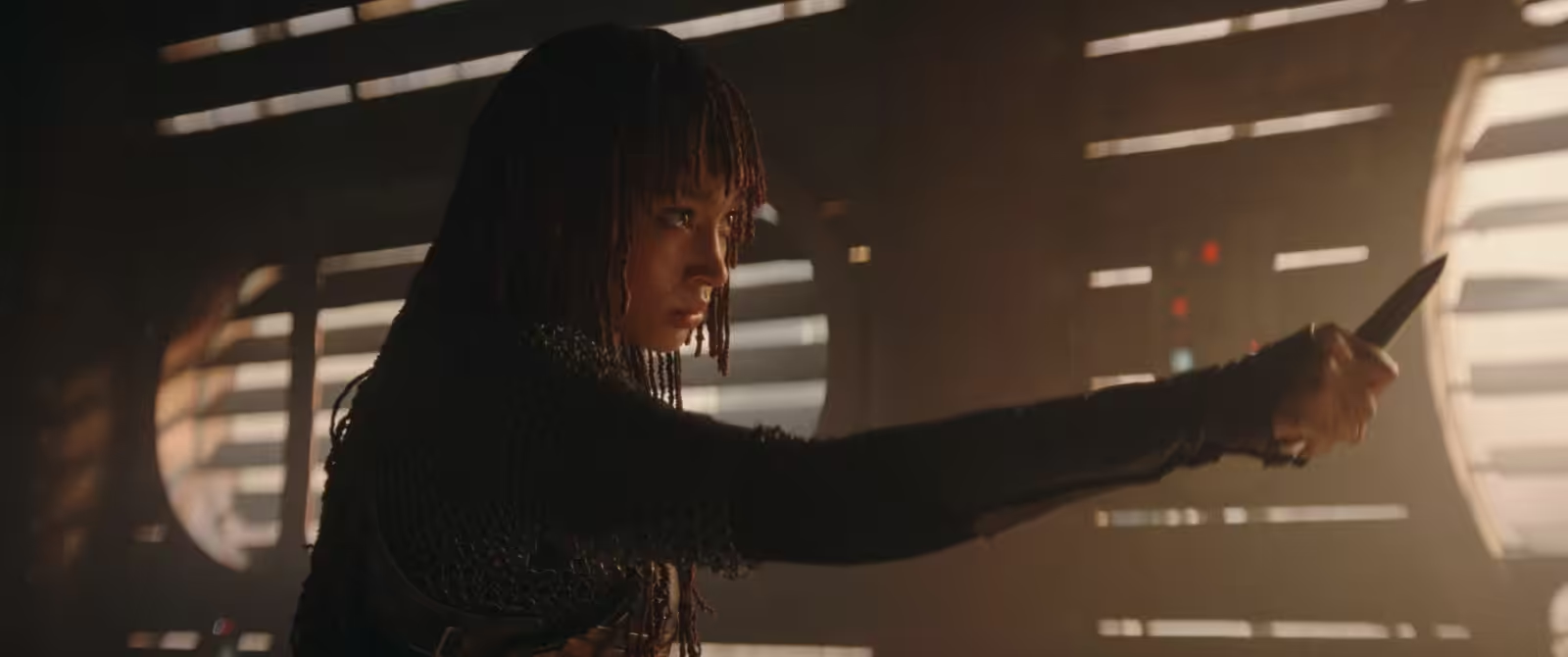I’m grateful to have been invited to speak at TED 2025 about the latest developments in filmmaking. My talk focused on Artist-Driven Innovation and a possible path forward for artists in this time of significant change. As technology rapidly transforms our industry, I wanted to share why the creative voice of the artist matters now more than ever.
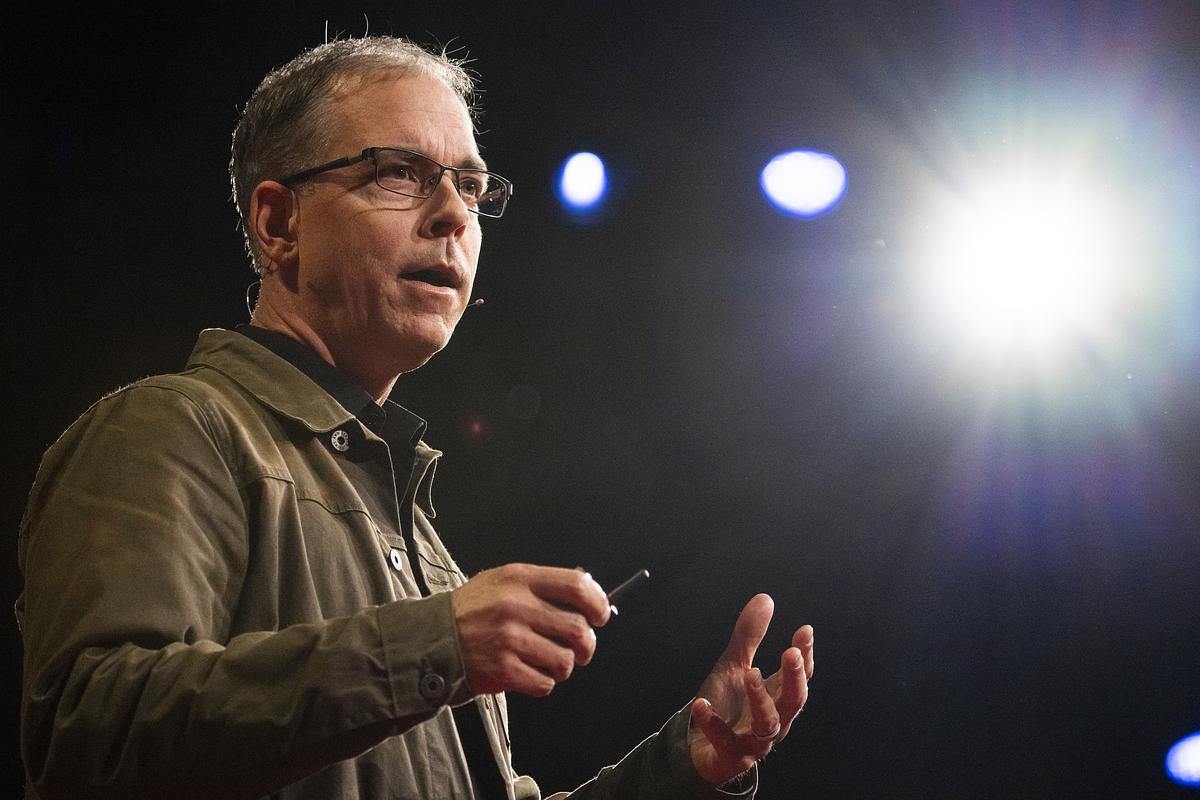 Sharing stories and lessons from the TED stage. Photo: Jason Redmond / TED
Sharing stories and lessons from the TED stage. Photo: Jason Redmond / TED
The Opening Shot That Changed Everything
The iconic opening shot of Star Wars: Episode IV didn’t just wow audiences–it redefined what was possible in visual storytelling of that era. Behind the scenes, it was the Dykstraflex motion control camera rig, a marvel of engineering, that made those dynamic moves possible. This was artist-driven innovation at its best: artists and engineers working side by side to create something entirely new.
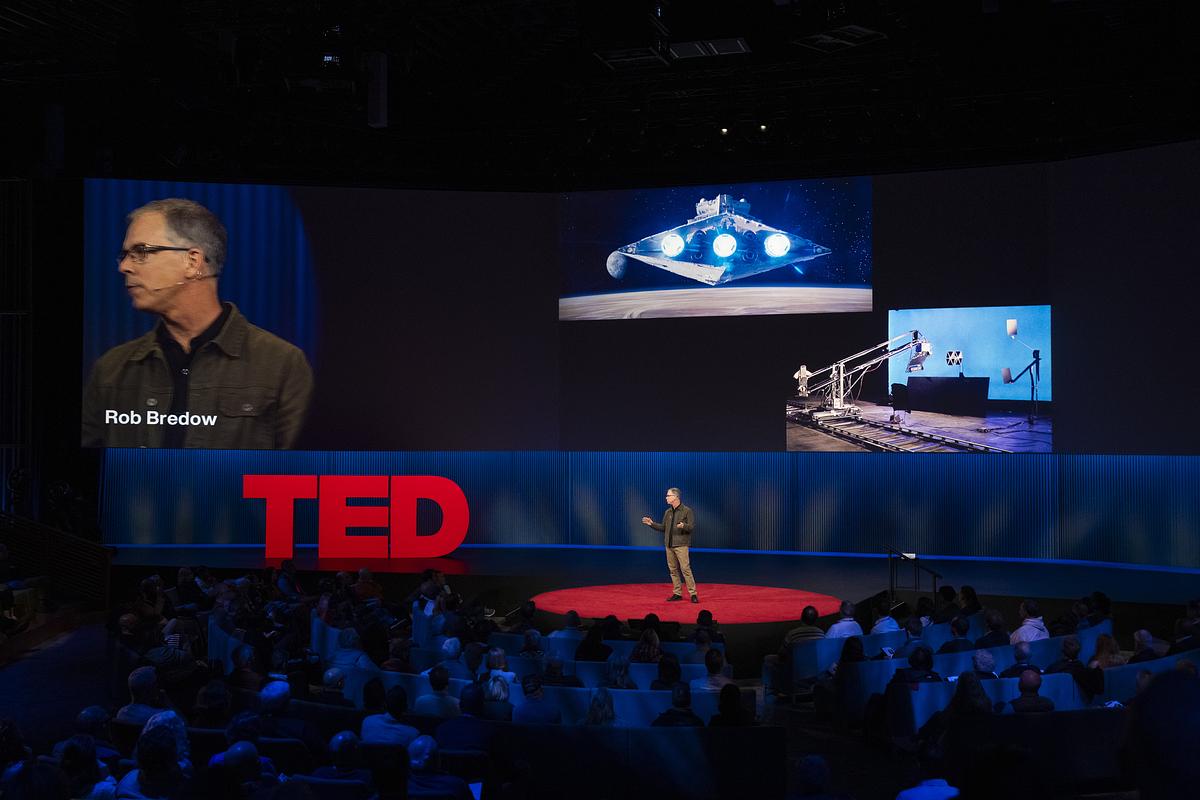 Opening with the Star Destroyer: the shot that redefined cinematic possibility. Photo: Gilberto Tadday / TED
Opening with the Star Destroyer: the shot that redefined cinematic possibility. Photo: Gilberto Tadday / TED
A New Era: AI and the Creative Collision
Today, we’re at another turning point with AI. Instead of being introduced to these new technologies with a spectacular opening shot of a movie, we’re reading about them in the press. And the headlines aren’t very encouraging about the future of creative jobs. The technology is impressive, but it’s also intimidating, especially for those of us who’ve spent our entire careers crafting images frame by frame.
 Discussing the leap from stop-motion to CG in Jurassic Park. Photos: Gilberto Tadday / TED
Discussing the leap from stop-motion to CG in Jurassic Park. Photos: Gilberto Tadday / TED
Lessons from 50 Years at ILM
But we’ve been here before. At Industrial Light & Magic (ILM), George Lucas built a culture where artists and engineers work together to solve the biggest visual storytelling challenges. Looking back over 50 years, some of the biggest leaps forward – like the digital dinosaurs in Jurassic Park – happened when new technology was blended with the experienced artists. The “dinosaur input device” from that era literally combined stop-motion animation with computer graphics, allowing artists to animate in familiar ways while harnessing the brand new digital tools.
Blending Old and New: Indiana Jones and The Mandalorian
This approach continues today. For Indiana Jones and the Dial of Destiny, our artists combined hand-tuned AI models with full CG performances to de-age Harrison Ford, blending the best of both techniques and achieving a terrific level of quality. On The Mandalorian, we used real-time virtual production and massive LED walls to bring distant worlds to life, while still relying on classic techniques like stop-motion animation for certain shots—leaning on experienced artists to drive the newest techniques.
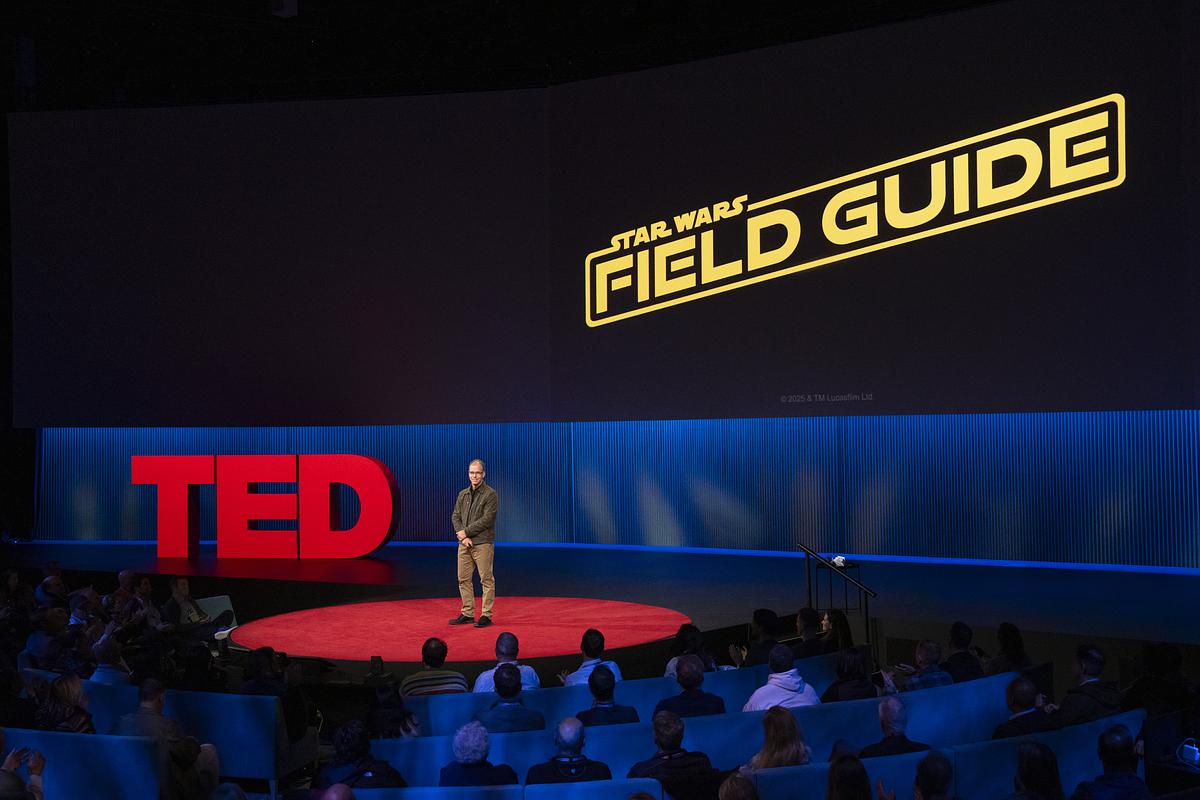 Sharing Landis Fields’ ‘Field Guide’-a glimpse at what’s possible with generative AI. Photo: Gilberto Tadday / TED
Sharing Landis Fields’ ‘Field Guide’-a glimpse at what’s possible with generative AI. Photo: Gilberto Tadday / TED
Exploring the Future of Creative Tools
What happens when the latest generative AI tools are placed directly in the hands of artists, inviting them to both test the technology and push the boundaries of their own imagination? Landis Fields, a talented artist at ILM, created the experimental project Field Guide as an exploration of what a probe droid might encounter on a brand-new Star Wars planet. Importantly, this is not a finished product or a collection of final creature designs, but rather an early-stage, work-in-progress: think of it as a moving mood board that demonstrates what a show like this could feel like. If we decided to move forward with this idea, we would benefit from a talent team: A character designer, a cinematographer, locations scout, etc. This test both shows the promise of a quick sketch with these tools and the limitations of the current prompt-based workflows. By sharing this test at TED, I hoped to encourage the tech companies to create better, artist-focused tools that can be used by creatives to make help shape the future of visual storytelling.
The Power of Artist-Driven Innovation
Artists need better tools – the current text prompts aren’t a good way for talented artists to make movies. With continued collaboration between artists and technologists, and clear permission of the talent involved, we have the chance to create moments that are even more imaginative, and more inspiring than that original Star Destroyer that inspired us all in 1977.
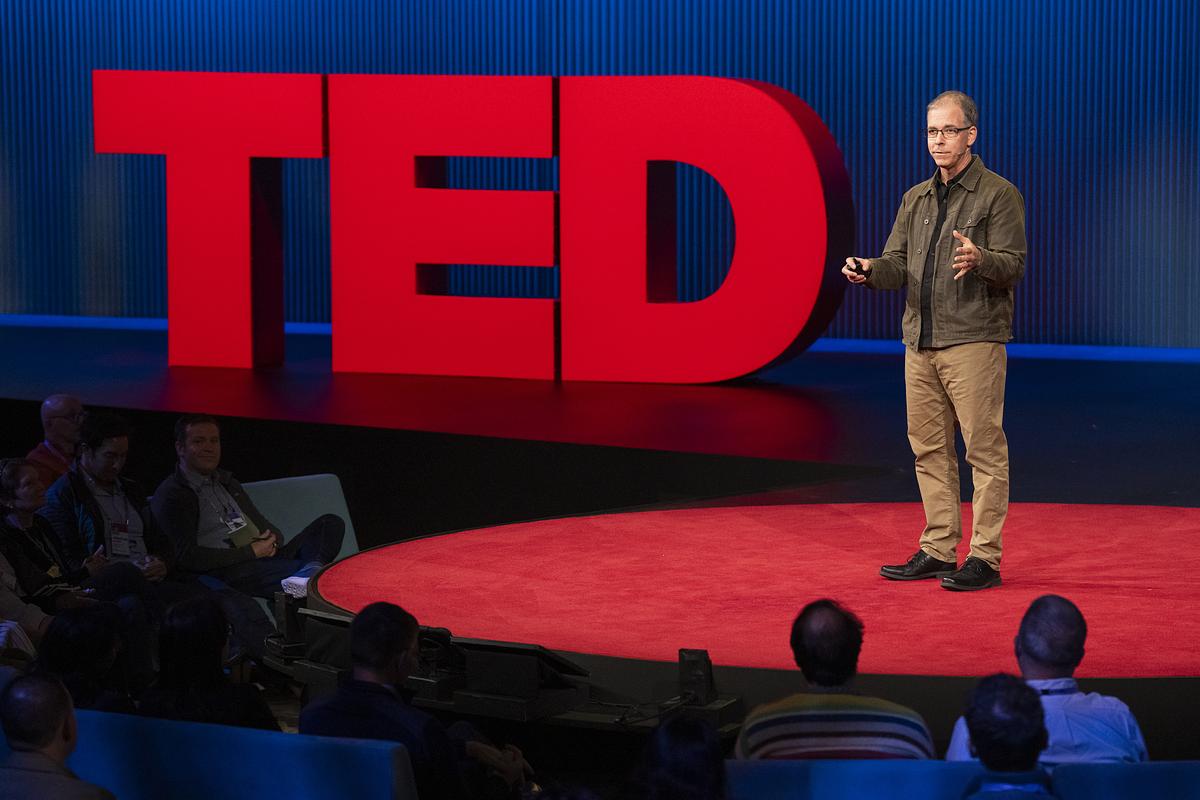 On the TED stage, reflecting on artist-driven innovation. Photo: Gilberto Tadday / TED
On the TED stage, reflecting on artist-driven innovation. Photo: Gilberto Tadday / TED


